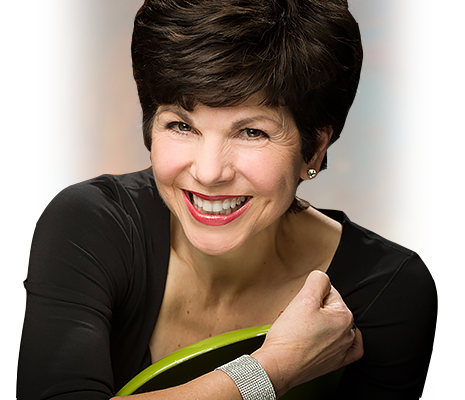 Do you experience frequent communication mishaps?
Do you experience frequent communication mishaps?
Does it seem like the more you talk, the less they understand you?
Have you recently lost out on opportunities during job interviews, networking, or prospecting situations due to communication issues with other people?
Here’s some insight to help you solve that problem!
By learning how to translate your message into the other person’s preferred channel of communication, you will increase your ability to do several important things:
- To establish quickly rapport with other people;
- To connect with people in a way that builds trust;
- To more effectively listen and understand their needs and interests;
- To be more persuasive and influential;
- To avoid costly communication mishaps!
Language Matters
If you want to make a quicker connection with people, one of the most effective ways is to align your language patterns and words choices, or predicates, to the other person’s primary representational systems. I like to call this their “preferred channel of communication.”
Neuro Linguistic Programming (NLP), the study of how to use language of the mind to consistently achieve our specific and desired outcomes, tells us that people are dominant in one or more of the four major representational systems: Visual (V), Auditory (A), Kinesthetic (K), or Auditory Digital (Ad).
V: Visual. People who are visual often stand or sit with their heads and/or bodies erect, and look UP with their eyes. They tend to breathe from the top of their lungs. They often sit forward in their chair and tend to be organized, neat, well-groomed, and orderly. They memorize by seeing pictures, and are less distracted by noise. They have trouble remembering long verbal instructions because their minds tend to wander. They process ideas quickly with a minimum of detail. A visual person will be interested in how the program LOOKS. Predicates often used by Visual people include words like: see, look, view, appear, show, reveal, imagine, clear, transparent, picture, crystal clear, illuminate, envision, etc.
A: Auditory. People who are auditory dominant will quite often move their eyes sideways. They breathe from the middle of their chest. They typically talk to themselves and can be easily distracted by noise. Some auditory people even move their lips then they are talk to themselves. They can repeat things back to you easily, they learn by listening, and usually like music and talking on the phone. They memorize by steps, procedures, and sequences. The auditory person likes to be TOLD how they are doing, and responds to a certain tone of voice. They will be interested in what you have to say about your program and if it SOUNDS good to them. Predicates often used by Auditory dominant people include words like: hear, listen, resonate, harmonize, music to my ears, rings a bell, tune in/out, silence, etc.
K: Kinesthetic. People who are kinesthetic will typically be breathing from the bottom of their lungs, so you’ll see their stomach go in and out when they breathe. They often move and talk very slowly. They wear comfortable clothes and shoes. They respond to physical touching. They also stand closer to people than a visual person. They memorize by doing or walking through something. They like extensive detail. They will be interested in your programs if it FEELS right, or if you can give them something they can get their arms around. Predicates often used by Kinesthetic people include words like: feel, touch, get hold of, grasp, tap into, turn around, concrete, solid, slip through, etc.
Ad: Auditory Digital. This person will spend a fair amount of time talking to themselves and processing thought. They use the impersonal language of business. They will want to know if your program makes SENSE. They will tend to look down with their eyes when they are thinking. Their voice tends to be monotone and evenly paced, not excitable. They like long, complicated sentences. They will not give you indication of understanding you unless you ask. Predicates often used by Auditory Digital people include words like: sense, experience, understand, think, learn, process, decide, consider, conceive, know, and words ending in “tion”, like communication, organization, etc.
How to Discover Someone Else’s “Preferred Channel of Communication”?
You start with listening; but not to the specific content they are sharing with you. Rather, you must listen to their words choices, the specific predicates that they use. You must observe their body language and intonation. To do this right, practice getting “out of content” and gather information about the other person by listening to their specific word choices. It does take practice. Networking is an ideal time to practice, as the “risks” are low.
What’s Your “Preferred Channel of Communication”?
Take this easy 8-question Self-Assessment Test to shed light on your preferred communication channel(s). This insightful document also contains a of predicates to help you practice speaking in a different channel than your own. It’s fun. It’s easy. It works!
IDEA: Why not have your spouse or significant other and/or business colleagues takes this simple assessment test? It might help you connect better and communicate more effectively with them.
Want More? Check out our workshops – The Flexible Communicator. Available as 1/2 day and full-day formats for corporate on-site workshops. Call Kathy McAfee at (860) 408 -0033 to discuss your needs and ideas.
Special Mention: Image of London Photo booth taken from www.Flickr.com by photographer xxjetlab

